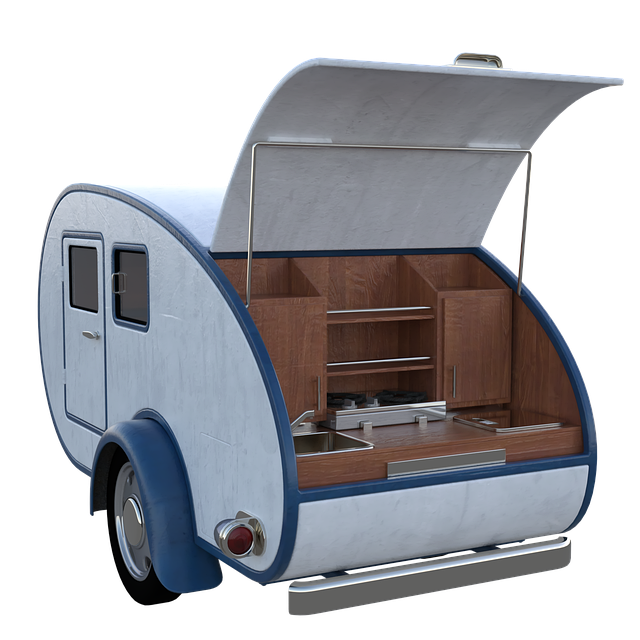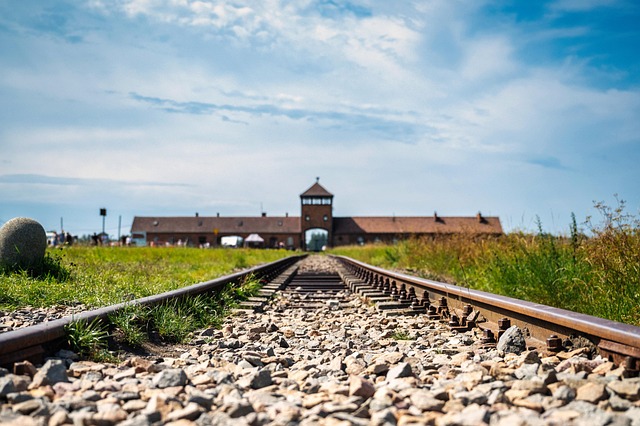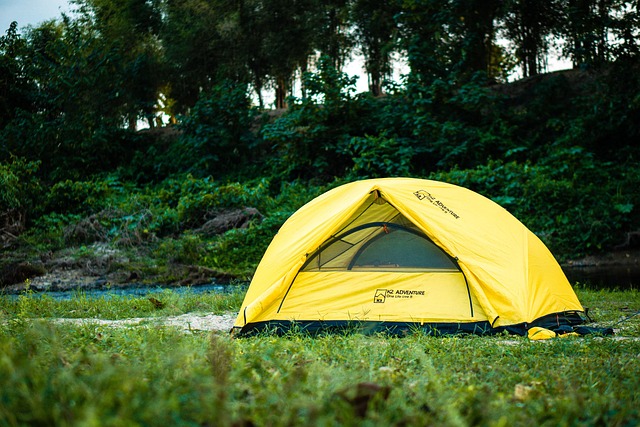The growth of winery and brewery real estate is driven by consumer demand for artisanal beverages, transforming these spaces into immersive experiences combining tastings with educational insights. Strategically located in scenic or urban areas, they feature expansive outdoor spaces, event halls, and retail stores, attracting locals and tourists alike. The synergy between high-quality real estate and craft beverage industry has led to global economic growth and enhanced cultural experiences. Tasting rooms, through strategic design, foster social interactions and showcase beverages, drawing visitors and contributing to the success of these establishments. Success hinges on location, design, and unique experiences, with careful brand identity reflection creating welcoming atmospheres that encourage guest interaction.
In today’s culinary landscape, wineries and breweries are not just places to sip and savor; they’ve evolved into vibrant real estate assets, drawing crowds seeking immersive sensory experiences. This surge in popularity is driving innovation in tasting room design and location strategies. From rustic charm to modern aesthetics, these spaces have become destinations, offering more than just a taste of local brews and wines – they cultivate memories and foster community. Explore the rising significance of winery and brewery real estate, and discover the design elements that fuel their success.
The Rise of Winery and Brewery Real Estate

The rise of winery and brewery real estate can be attributed to a growing appreciation for craft beverages. As consumers demand more unique, locally-sourced products, winemakers and brewers have responded by establishing immersive tasting rooms that double as experiential destinations. These spaces not only offer visitors a chance to sample premium wines and beers but also provide educational opportunities, showcasing the art and science behind production processes.
The success of these establishments is driven by their ability to transform real estate into vibrant hubs of community engagement. Strategically located in scenic areas or urban centers, winery and brewery properties often feature expansive outdoor spaces, event halls, and retail stores that attract locals and tourists alike. The integration of high-quality Real Estate with the craft beverage industry has created a symbiotic relationship, fostering economic growth and enriching cultural experiences for communities worldwide.
Tasting Rooms: Space for Sensory Experiences

Tasting rooms in wineries and breweries have evolved into more than just spaces to sample products; they are now key attractions that foster sensory experiences. These rooms often double as event hubs, hosting tastings, tours, and workshops, providing an immersive experience for visitors. The ambiance, designed with careful consideration of real estate, sets the tone for the entire visit, leveraging aesthetics and comfort to enhance engagement and enjoyment.
The layout of tasting rooms is strategic, aiming to create a flow that encourages interaction with staff, fellow patrons, and—of course—the beverages. This blend of social interaction and sensory delight has proven successful in drawing crowds, contributing to the thriving success of wineries and breweries worldwide.
Location, Design, and the Success Formula

The success of wineries, breweries, and tasting rooms often lies in a delicate balance between location, design, and offering unique experiences. In choosing their real estate, these establishments seek out areas that resonate with their target audiences—be it urban neighborhoods known for their culinary scenes or picturesque rural landscapes frequented by tourists. Location plays a pivotal role in drawing crowds, as foot traffic and visibility are key to attracting both locals and visitors.
Design-wise, these spaces need to be inviting and reflect the brand’s identity. Whether it’s a modern, industrial-chic look or a rustic, barn-like setting, the architecture should complement the offerings within. Open layouts encourage interaction and create a welcoming atmosphere, fostering conversations among patrons while they savor the day’s feature concoctions. The real estate itself becomes an integral part of the experience, ensuring that each visit is memorable from the moment guests step through the door.






